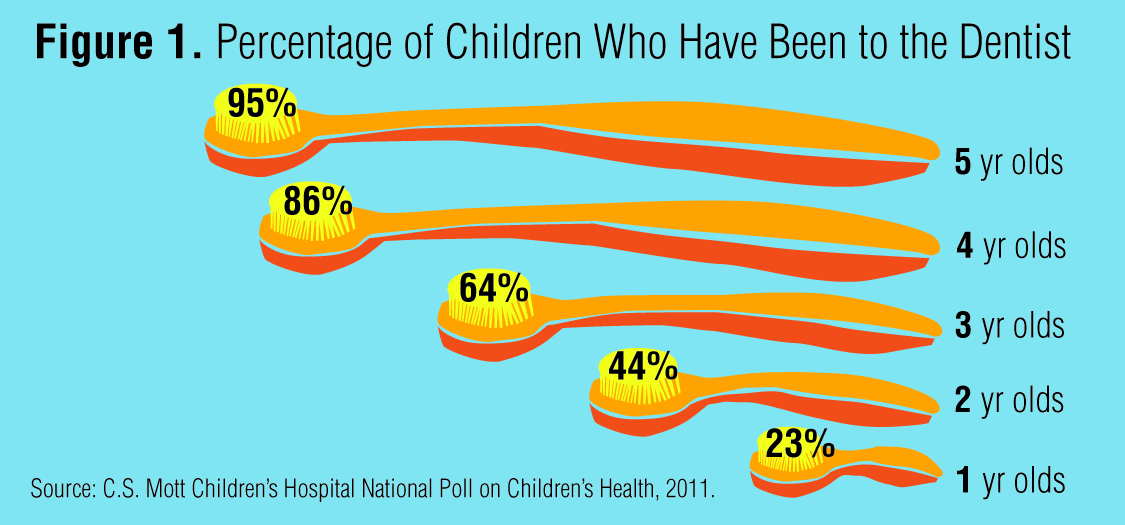Identifying Oral Damage: When To Seek Emergency Treatment
Identifying Oral Damage: When To Seek Emergency Treatment
Blog Article
Web Content Composed By-Silverman Singh
If you feel an unexpected jolt of pain or observe a tooth injury, it can be disturbing. But how do you identify if it's an oral emergency situation that calls for immediate focus? Recognizing the essential indicators and understanding when to seek assistance can make all the difference in maintaining your oral health. Recognizing when to act quickly could suggest the difference between a quick fix and extra comprehensive therapy.
Common Types of Dental Trauma
What're the typical types of oral trauma that you should recognize?
Mishaps can take place, causing different types of oral injuries. One common sort of oral trauma is a fractured tooth. This can happen from attacking down on something hard or experiencing an impact to the face.
Another type is a damaged tooth, where a part of the tooth can chip off. Additionally, you might experience a knocked-out tooth, which can take place during sporting activities or drops. It's important to deal with the tooth thoroughly and look for prompt dental interest.
Dental injury can also involve a tooth that has actually been pushed out of placement or loosened up due to an injury. This kind of injury calls for prompt therapy to save the tooth.
Last but not least, soft cells injuries in the mouth, such as cuts, can also occur from mishaps. Learning about these typical types of dental trauma can assist you act swiftly and suitably in case of an emergency.
Indications of Oral Emergencies
Acknowledging the signs of oral emergencies is essential for timely activity and correct therapy. If you experience extreme tooth discomfort that's constant and throbbing, it could indicate a hidden concern that calls for instant focus.
Swelling in the gum tissues, face, or jaw can likewise be a sign of a dental emergency, especially if it's accompanied by discomfort or fever. https://hydrogen-peroxide-teeth21987.59bloggers.com/31113372/explore-vital-referrals-for-moms-and-dads-on-caring-for-their-youngster-s-baby-teeth-guarantee-a-healthy-smile-for-your-little-one-check-out-for-professional-support-today of injury to the mouth leading to a broken, damaged, or knocked-out tooth must be dealt with as an emergency situation to stop further damages and prospective infection.
Bleeding from the mouth that does not stop after applying stress for a few minutes is another warning that you must look for emergency situation oral care. In addition, if you observe any kind of indications of infection such as pus, a foul taste in your mouth, or a fever, it's necessary to see a dental practitioner asap.
Neglecting these indicators could result in a lot more serious complications, so it's important to act promptly when faced with a prospective dental emergency situation.
Importance of Immediate Therapy
Trigger activity and immediate therapy are essential in addressing dental emergencies to stop more problems and make sure optimum outcomes for your oral health and wellness.
When faced with https://teeth-whitening-treatment95162.snack-blog.com/30633709/explore-the-influence-of-dental-implants-on-your-smile-giving-a-long-term-fix-for-missing-teeth-check-out-right-here-to-discover-exactly-how-you-can-delight-in-a-smile-that-is-both-all-natural-in-appearance-and-long-lasting , such as a knocked-out tooth or serious tooth pain, seeking immediate treatment can make a substantial distinction in saving your tooth and alleviating discomfort. Delaying therapy can bring about infection, enhanced discomfort, and even irreversible damages to your teeth and periodontals.
By seeking emergency situation oral treatment promptly, you boost the opportunities of successful treatment and restoration. Dentists have the required skills and equipment to address emergency situations effectively, lowering the threat of long-lasting consequences.
In addition, prompt treatment can help handle discomfort and discomfort, enabling you to resume your day-to-day activities without interruption.
Conclusion
To conclude, comprehending dental injury and knowing when to look for emergency treatment is vital for keeping oral wellness.
By identifying common kinds of dental injuries and the indications of dental emergencies, you can make sure timely like protect against more damage and difficulties.
Remember, looking for instant treatment can conserve teeth, minimize discomfort, and raise the opportunities of successful recovery.
Do not be reluctant to look for help from a dental specialist if you experience any kind of signs of dental injury.
